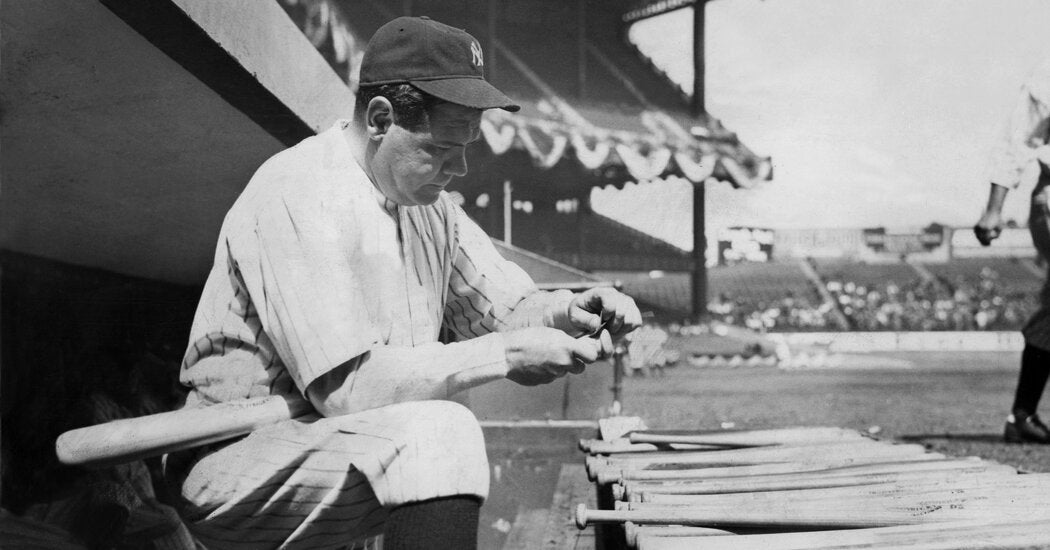
CLINTON TOWNSHIP, N.J. — On a glorious autumn afternoon, Rosa Yoo stepped off a road at the Round Valley Recreation Area and plunged into the woods to perform the grimmest task of her job as the New Jersey Forest Service’s health specialist: checking on the status of the white ash trees.
She arrived at a clearing, where a grove of ghostly gray husks cut haunting figures amid the colorful foliage. As she suspected, the trees, whose canopies a year ago painted the landscape in gold and maroon, were dead or hastily dying.
“There’s dead ash trees everywhere,” Yoo said. “It’s hard to find an ash tree anywhere that hasn’t been infested.”
Infested, she means, by an invasive insect called the emerald ash borer, which for years has been munching its way across North America, leaving huge patches of dead forest in its wake.
Among native tree species, ash represents a tiny fraction of the continental woodlands. But there is one arena where ash has historically reigned: in baseball.
Most of baseball history has been written with ash bats, from Joe DiMaggio’s 56-game hitting streak in 1941 to Roger Maris’s 61 home runs in 1961 to Mark McGwire’s 70 homers in 1998.
